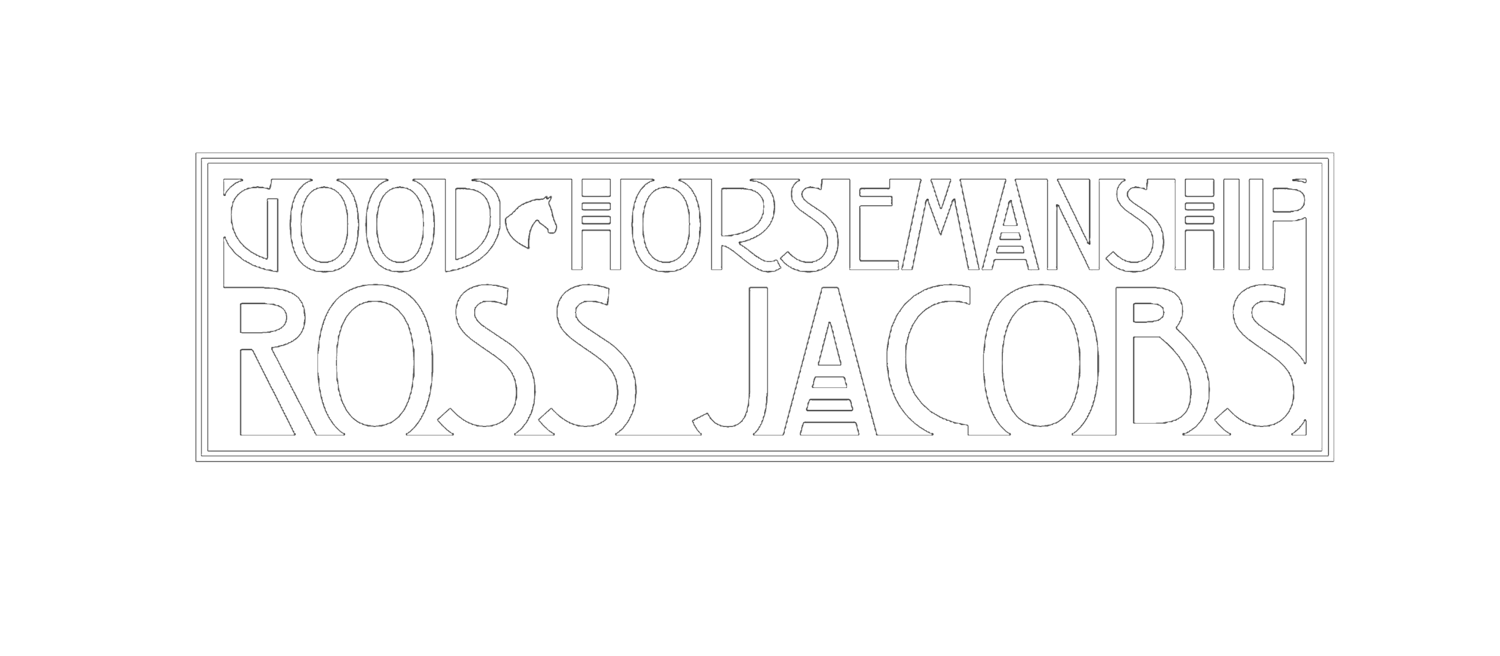There have been a number of social media posts in my feed recently about practicing exercises with a horse to teach softness, relaxation, connection, and straightness.
These are all noble goals when working with horses, and I applaud anyone who is heading in that direction with their training. But virtually all of these posts talk about which exercises a person should do to teach and establish correctness, softness, etc. None focus on training a horse’s mental state, except in a passing comment, something like “if the body is correct, the mind will follow” or “if you achieve balance and straightness, you’ll achieve relaxation and softness”.
While it is possible to have correctness and mental softness, it is NOT automatically true that one leads to the other. Yet so many instructors and trainers talk as if you can’t have one without the other.
I have said many times that a horse is a brain with a body and legs (just like you and me). But it is my impression that most people look at a horse as a body and legs with a brain. In other words, in the opinion of many, the body and legs regulate the brain of a horse. But I believe the opposite. The body and legs are regulated by the brain. The difference is fundamental. This ideology underpins all my work with horses and all that I try to teach my students.
The path of least resistance and harmonic partnership is when what I would like my horse to do is the same as what my horse is thinking about doing. This does not mean I give in to every idea swimming around in my horse’s mind. It means I need to figure out a way to convince my horse that the idea occupying its thoughts in the moment is not its best option, and I have a better and safer idea for it to try. When my horse tries something close to the new idea that I want him to try, I get out of the way and make it work out as well as possible for him. That encapsulates the entire conversation I have with my horse from the beginning to the end.
I realise working this way is hard for many people to imagine because from the start of a person’s horse career exercises are drilled into them. We are taught exercises to improve our riding and communication skills, and we are taught exercises to improve our horse’s obedience and movement. There are exercises for teaching just about anything you need a horse to do. Need a horse to load into a trailer? Try exercise 27. Need a better bend in your lateral work? Try exercises 12, 22, and 37.
The problem I see with this approach is that nobody asks when they do exercise 12 to get a better bend, did they get a change of thought where the better bend was the horse’s idea? Or was it that they applied enough pressure from the aids to impose a better bend? Which was it? The horse’s idea or not?
I see horses that can perform advanced dressage movements. These are movements that many people aspire to achieve with their horses one day. Yet, it is obvious that most times the movements are performed despite the trouble inside the horses because what a horse is doing and what it is thinking of doing are not the same thing.
Many years ago, a lady sent me her horse for trailer loading training. He baulked at going into the trailer and rushed when coming out. He did this despite many years of dressage training, where he was then competing at the Grand Prix level. Can you imagine how many times he must have been in and out of trailers to get far enough to be competing at GP? Yet, despite loading hundreds of times loading into a trailer, it was still an argument every time. This was because the owner relied on obedience training to get her horse to do stuff, including piaffe and half pass. She could pressure him into his arena work, but the trailer loading was where he drew the line. He was so mentally fried that it took me 2 weeks to get him to think inside the trailer and choose to load when asked.
I know what I say is not easy. I know many will disagree. I know others will feel confused. And I know that what I say and how I work with horses is only of interest to a small number of horse people. Nothing I do or say will ever be mainstream or even popular. I will never get rich from it. But when I see the difference it makes to horses, none of that matters very much.
Why is Bon turning to the right? Because she is thinking to the right. Notice she is looking to the right - the direction of her primary focus (from a clinic in Canberra, Australia).

